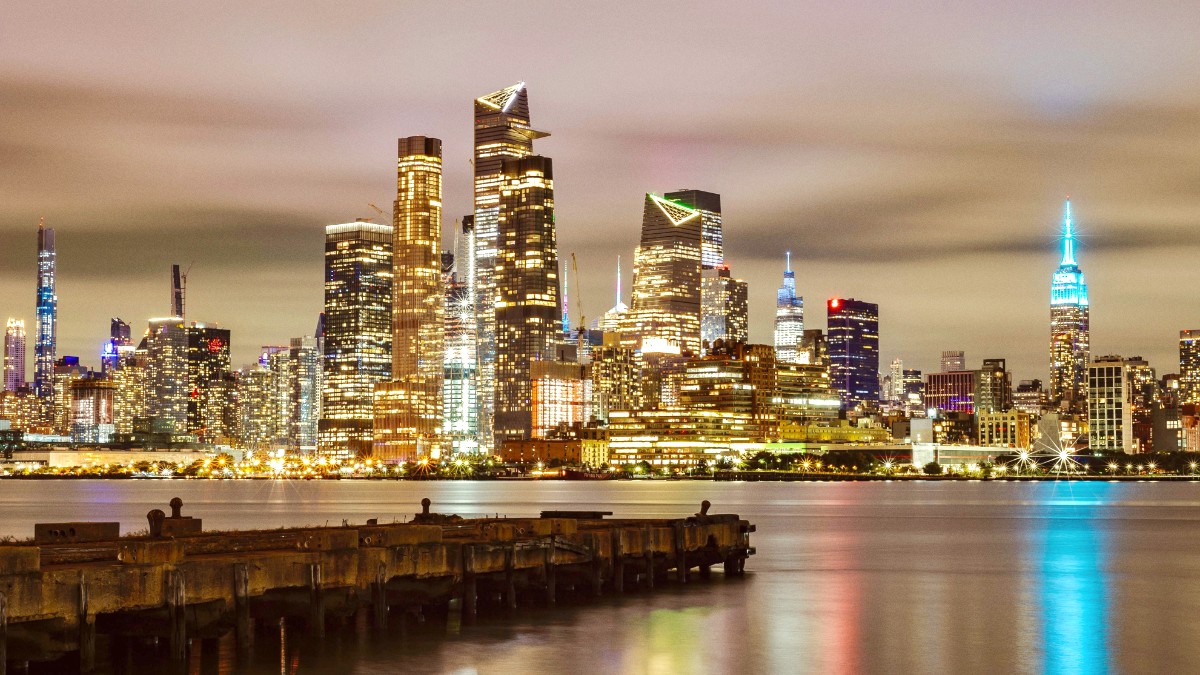
New York, USA
The Hudson Valley presents four distinct seasons, each with its own character and range of activities.
Climate patterns across the year influence packing and activity selections.
Each travel season brings different crowds, prices, and available activities.
Peak foliage in autumn brings the most visitors and higher costs.
Late Sep - Oct / Jul - Aug
Stunning fall foliage, warm weather, many outdoor activities and festivals.
Significant crowds, higher prices for lodging and activities.
Apr - May / Early Sep / Nov
Pleasant temperatures, fewer crowds, moderate prices.
Some attractions may have limited hours early/late in season.
Dec - Mar
Lower prices, quiet beauty, winter sports nearby.
Cold, snow/ice, fewer outdoor activities, many businesses closed.
Summer brings heat waves and high humidity. Winter brings significant cold and heavy snowfall, possibly difficult travel.
Late summer/early autumn see remnants of tropical storms, with heavy rain and flooding. Winter storms bring icy conditions, power outages, and road closures.
Late September through October.
Late spring, summer, and early fall.
Enjoyable year-round, best outdoor conditions in spring, summer, fall.
Indoor experiences suit any time of year, including winter.
Late spring through early fall.
For the Hudson Valley, New York, standard United States entry guidelines apply. Your nationality shapes the documentation and procedures needed.
Nationality determines your specific entry pathway to the U.S.
Have all necessary documents ready for your trip and upon arrival.
Costs vary based on travel style, lodging, dining, and activities.
Daily cost estimates for a single traveler, variable by choices and season.
Budget Traveler: $100 - $150 USD per person per day.
Accommodation: $40-$70 (hostel/basic motel). Food: $30-$50 (groceries, casual dining). Transportation: $10-$20 (limited public bus, walking/cycling). Activities: $20-$30 (free parks, low-cost attractions).
Daily Costs: $500+ USD per person per day.
Accommodation: $300-$800+ (boutique hotel, luxury resort).
Higher costs for fine dining, private transport, and exclusive experiences.
Prices per night vary by type and location.
Budget: $70 - $120. Mid-range: $150 - $300. Luxury: $350 - $800+.
Vacation Rentals: $150 - $500+ depending on size/amenities.
Entry fees and tour prices.
Museums/Historic Sites: $10 - $25. State Parks: Free entry (parking fees $8-$10).
Winery/Brewery Tastings: $10 - $25. Guided Tours: $30 - $70+.
| Mode | Description | Cost (Estimated) |
|---|---|---|
| Rental Car | Daily rate, plus gas and insurance. | $40 - $100+ daily |
| Train | Amtrak/Metro-North from NYC. | $15 - $40+ one-way |
| Local Bus | Per ride within counties. | $1.50 - $2.50 per ride |
The Hudson Valley is a safe travel destination. Awareness of common health issues and safety practices makes for a worry-free trip.
Lyme disease. Wear long clothing, use Insect repellent (OFF! FamilyCare), check for ticks.
Use Broad-spectrum sunscreen (Blue Lizard), wear hats and Sunglasses, hydrate.
Carry allergy medication if susceptible. Check pollen forecasts.
For emergencies, dial 911 for police, fire, or medical assistance.
Hospitals across the Hudson Valley provide comprehensive care. Urgent care centers handle non-life-threatening conditions.
Major pharmacy chains are widespread for prescriptions and over-the-counter medications.
Tap water is safe to drink. Food safety standards are high.
Generally low crime. Use caution in parts of larger urban centers (Newburgh, Poughkeepsie, Kingston) at night. Secure valuables, avoid walking alone in poorly lit areas.
Localized flooding after heavy rain. Winter storms bring hazardous driving. Seek indoor shelter during summer thunderstorms.
Consider travel insurance, especially for international visitors (World Nomads, SafetyWing, Insubuy). It can cover medical emergencies, trip disruptions.
Keep this information handy, in your phone and on a physical card.
Access to medical care is available throughout the region.
Vassar Brothers Medical Center, Montefiore St. Luke's Cornwall, MidHudson Regional Hospital.
Clinics for non-life-threatening conditions, an alternative to ERs.
Major chains like CVS, Walgreens, Rite Aid for prescriptions and OTC meds.